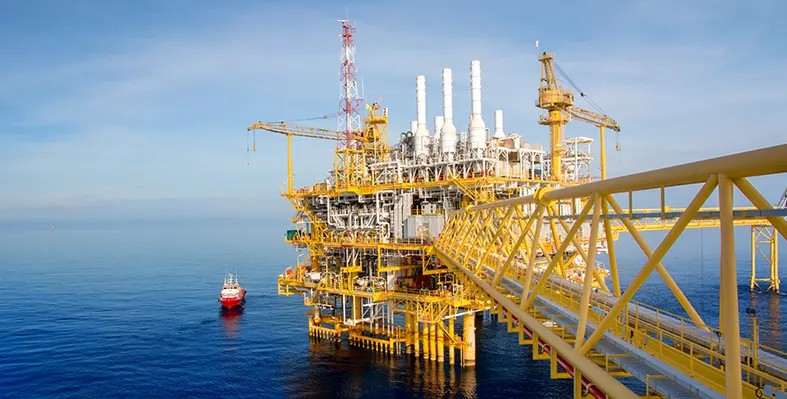Aquaterra Energy has been awarded a two-year contract extension for its offshore analysis services for a major Egyptian operator
This extension comes following the original contract award in 2023, by which the company has delivered detailed riser and subsea well/conductor analysis services in support of operations on seven separate well locations to date.
Over the past two years, bespoke offshore analysis has been provided to validate the performance of new producing subsea wells, drilled from a semi-submersible rig. its services included managing conductor strength requirements during a vessel drift/drive off scenario. The analyses have driven optimisations to casing grade and joint space-outs, whilst collaborating with rig and risk assessment teams to better define and comply with operating guidelines. These critical services ensure that the client’s assets meet operational requirements for their full lifetimes, whilst complying with challenging technical standards and guidelines.
Martin Harrop, offshore analysis manager at Aquaterra Energy, said, “This extension marks an important continuation of our relationship with one of the region’s key operators. Working together over the past two years, we’ve delivered targeted analysis to support safe and efficient well operations in a technically complex environment. We’re looking forward to building on this collaboration and continuing to provide high-integrity, practical analysis that supports operational success offshore Egypt.”








